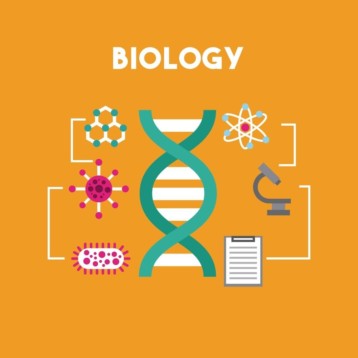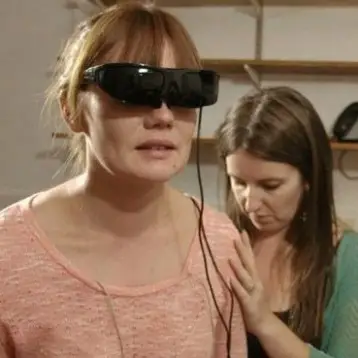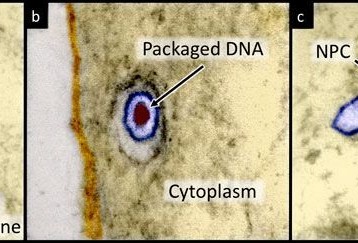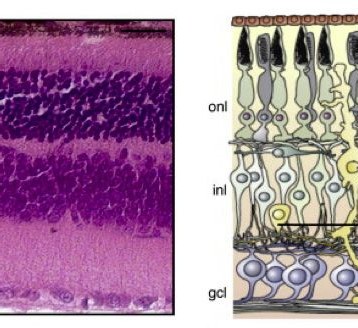|
An E. coli bacterium normally exists in the digestive tract, causing no disturbance. These bacteria constantly encounter different sets of environments on their way, for example one type of sugar (lactose) that is always followed by another (maltose). Prof. Yitzhak Pilpel and his team from the Molecular Genetics department checked the bacterium’s genetic response to lactose exposure and got striking results. In addition to genes that enable the bacteria to digest lactose, the genetic network that makes maltose digestion possible was also partially activated. When the researchers switched the sugars and gave the bacteria maltose first, there was no corresponding activation of lactose-digesting genes. These results imply that the bacteria “learned” the natural order in which the sugars appear in the digestive tract.
Another example of such “learning” can be seen in wine yeast. During the fermentation process, sugar and acidity levels change in a typical way as both alcohol and temperature levels rise. The system in which the yeast responds to these set changes is more complicated than that of the E. coli – when the yeast sense the rising heat, they begin to activate genes responsible for dealing with the next stage of anticipated environmental changes. Further analysis of this response shows that such preparation is an evolutionary adaptation that improves the organism’s chance of survival.
Adaptive anticipation was first demonstrated by Ivan Pavlov in his experiments involving dogs in the 19th century. He succeeded in training dogs to salivate in response to a stimulus by repeatedly ringing a bell before giving them food. In micro-organisms, explains Pilpel, ‘evolution over many generations replaces conditioned learning, but the end result is similar.’
In order to make sure that the micro-organisms were exhibiting a true conditioned response, Pilpel and his team have devised the following test on E. coli. When Pavlov stopped giving the dogs food after ringing the bell, the conditioned response faded until the salivating has eventually ceased completely. The scientists created a similar test, in an environment containing only lactose, without following it up with maltose. After several months in such an environment, the bacteria had evolved to stop activating the maltose genetic cycle at the taste of lactose and only turning it on when maltose was actually located in the surroundings.
‘This showed us that there is a cost to advanced preparation, but that the benefits to the organism outweigh the costs in the right circumstances,’ said Pilpel. The researchers created a cost-to-benefit model to predict the circumstances in which an organism could increase its chances of survival by evolving to anticipate future events. The team is already planning additional experiments to test their new model, as well as experiments to further expand on the gained knowledge.
Pilpel and colleagues believe that genetic conditioned response may be more widespread than previously thought. It might be an evolutionary adaptation that increases the chances of survival in many organisms, including humans. With further research, they say, these findings may have some practical implications. For example, genetically engineered organisms could be coaxed into fermenting plant materials into fuels if they have the genetic ability to “prepare” themselves for the next step in the process.
TFOT has previously covered several stories on “genetic learning”. In one such story, scientists from the Tufts University School of Medicine in Massachusetts have discovered that the severity of learning disorders in mice depends on the mother’s environment when she was young. More recently we covered the story of algae used to convert contaminated water into clean energy, using a technique developed by scientists of the Boston-based Waltham Technologies.
For more information on the learning bacteria, please visit the Weizmann Institute news page.
Icon image credit: Eric Erbe, digital colorization by Christopher Pooley, both of USDA, ARS, EMU.










